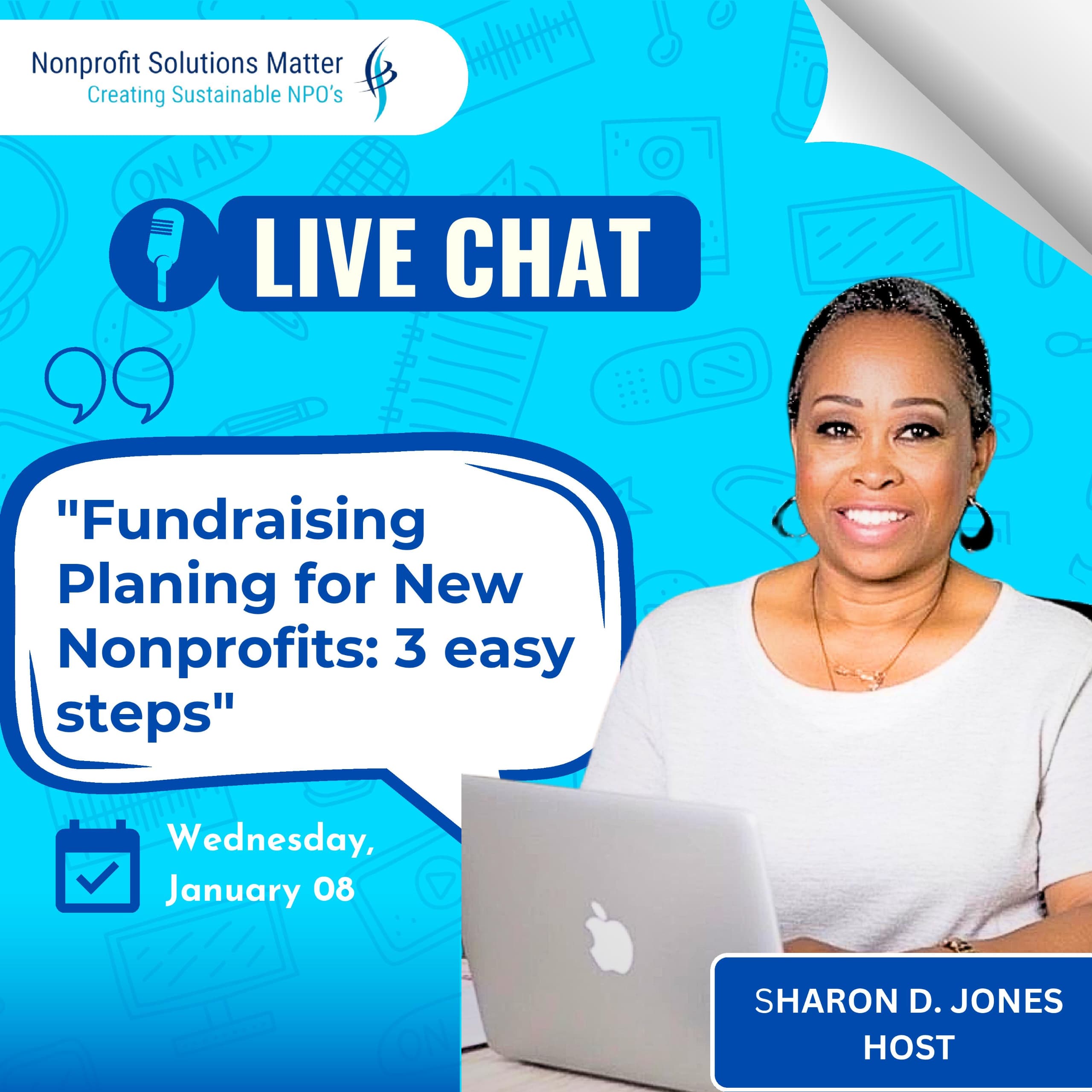Building Your Corporate Funding Execution Team
Good morning, lovely people, and welcome to the Nonprofit Solutions Smarter Daily Radio Show. Today, we're diving into how to build your corporate funding execution team.
When it comes to corporate funding, you might be wondering, especially if you've been following my series, "Who do we need to effectively execute a corporate funding strategy?" More importantly, who do you need to ensure not just success but also sustained success? That's why I'm here today—to guide you through building this team, their roles, and how to get started.
So, how do you build a corporate funding execution team?
As I mentioned at the beginning, corporate funding starts with planning for success. This is where you bring everyone together, from board members to the executive management team, to strategize on securing corporate funding. By the end of this planning session, to complete the process, you need to form what we call a corporate funding committee.
After that planning session, you'll need to inaugurate the corporate funding committee, offering participants the opportunity to join. This committee may include board members and executive management who want to support the plan that’s been created. In essence, the committee is a natural consequence of the plan. The planning is done, now you need a team responsible for executing it—a committee that negotiates or reports anything related to corporate funding back to the board.
Initially, this committee will consist of board members and the executive management team. You could have someone from fundraising, a development manager, and two or more board members make up this committee at the start. Later, there’s an opportunity to integrate staff into the committee, because as I’ll explain, the structure allows room for staff and volunteers.
Now, when does that happen? Once the committee comes together and decides how to move forward, one of the outcomes will be bringing in staff. This could be marketing staff or even hiring new team members like a partnership director or officer. These are the people doing the heavy lifting, while the board and executive management handle negotiations on behalf of the organization.
You’ll need board members, the executive management team, lower-level staff, and even volunteers. For example, in board-led organizations, volunteers may be essential for outreach since board members aren’t always involved in day-to-day activities. Volunteers can step in to ensure smooth execution. You may also invite stakeholders from the community you serve, which is incredibly important. Stakeholders and gatekeepers from the community, as well as advisory board members, can join these committees.
When the committee meets with executives from potential corporate partners, having diverse representation helps show that your organization is well-rounded. There’s also a notable impact when someone who has benefitted from your work speaks to these executives about their experience. That type of testimony can resonate far more than presenting stats and data alone.
Another key aspect is bringing in contractors. For organizations without enough staff or resources, contractors can step in to support the board-created committees. Contractors like appointment setters, digital marketers, and resource creators can assist with setting up appointments with executives and creating the necessary tools for execution.
To summarize, these are the essential members of your corporate funding execution team: board members, executive management (such as the Development Director, Partnership Director, CEO, or Executive Director), staff (like partnership or marketing officers), and volunteers. If your organization is board-led and lacks staff, volunteers can help execute the campaign. You’ll also want to bring in stakeholders from the community, advisory board members, and even contractors to support your efforts—whether through setting appointments or providing other necessary services.
As we’ve discussed, there are really two types of teams you’ll need: the Outreach Team and the Ask Team. The Outreach Team initiates relationships and communication, setting up meetings and building connections. The Ask Team, on the other hand, is responsible for attending these meetings and negotiating deals on behalf of the organization.
Your setup may vary, but both teams are crucial. The Outreach Team should be active daily, reaching out to brands and executives. Meanwhile, the Ask Team—made up of board members, advisory board members, and stakeholders—can dedicate specific days to attend meetings and make formal asks. Afterward, they report back to the organization on corporate funding progress.
Accountability and discipline are key to making this structure work. It’s essential to have a clear schedule of execution and ensure this strategy runs consistently for your organization if you want to succeed in securing corporate funding.
The Outreach Team will continue reaching out to brands and executives, nurturing relationships. The Ask Team will not only make the formal asks but will also handle follow-up. For instance, after meeting with an executive, follow-up is critical to keep the conversation alive if there’s a prospect of securing funding.
There you have it—the team you need to execute a corporate fundraising strategy. If you need help raising money or transforming your organization, scan the QR code on the screen and get in touch. I’m here to help you succeed.
See you next time. Bye for now!
Rooney Akpesiri is the Vice President of Client Services, Solutions Matter LLC























































